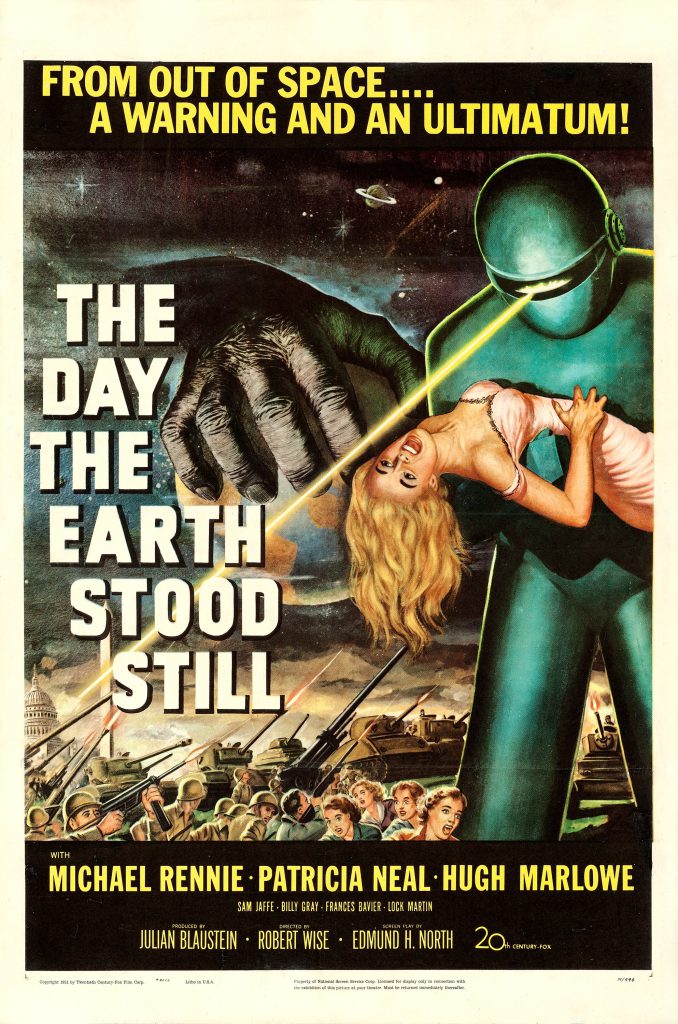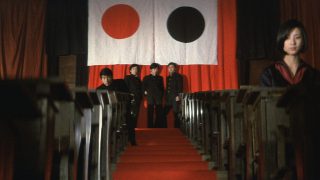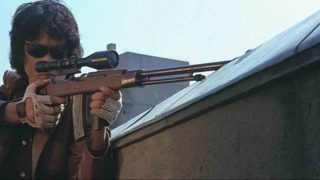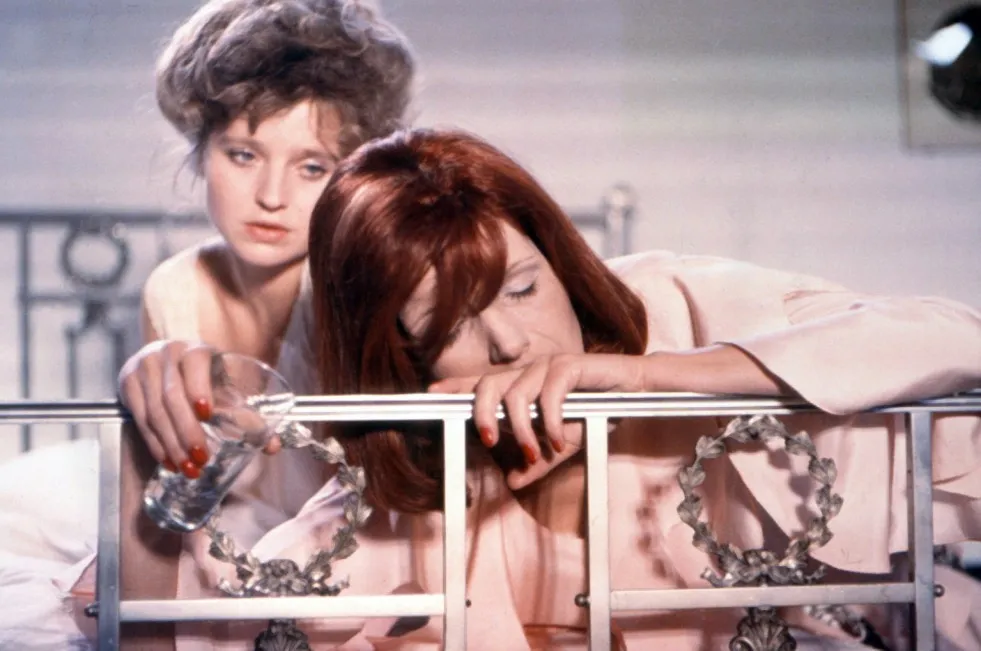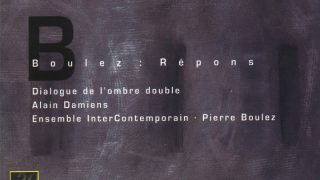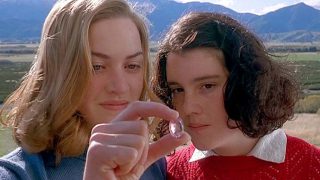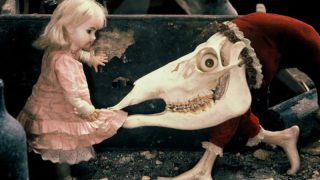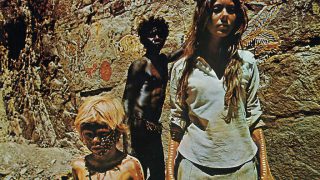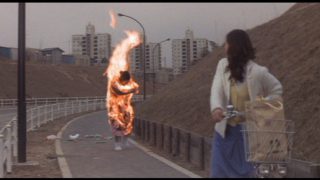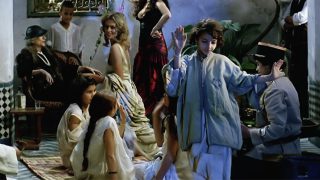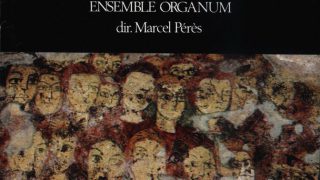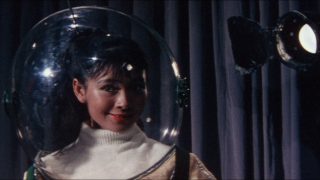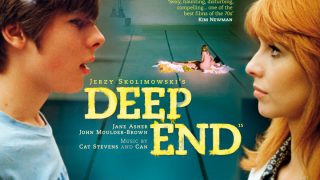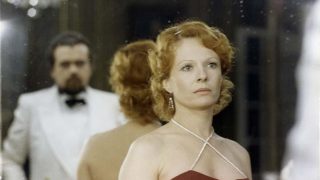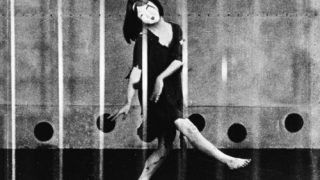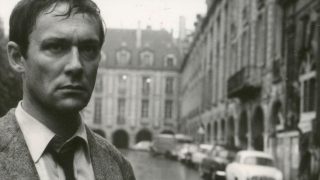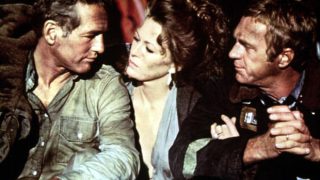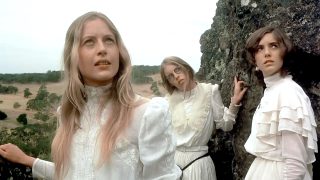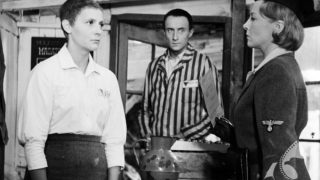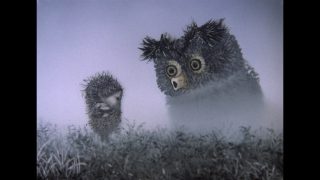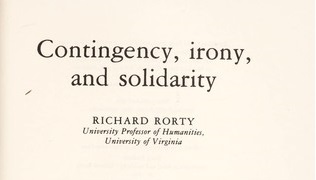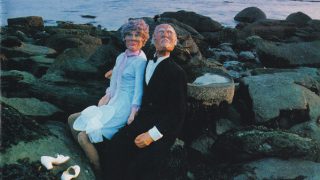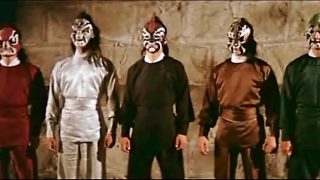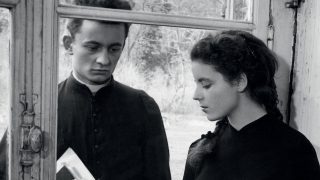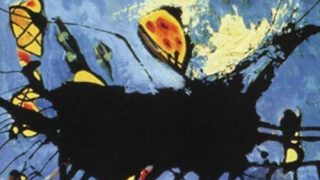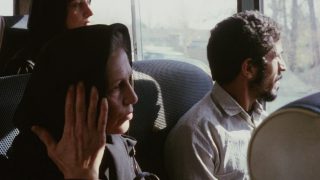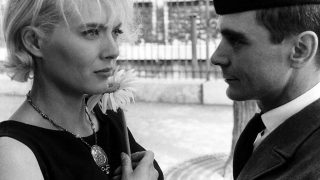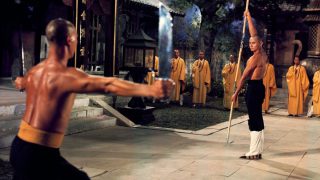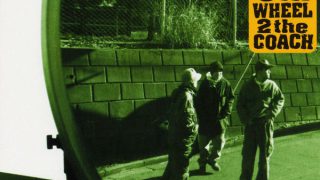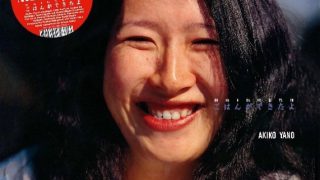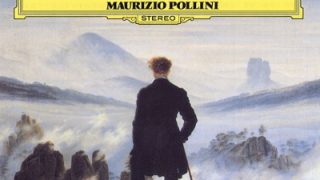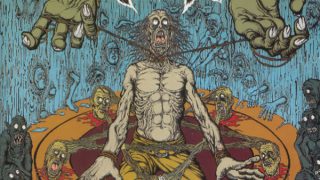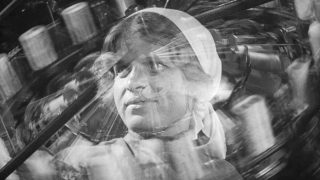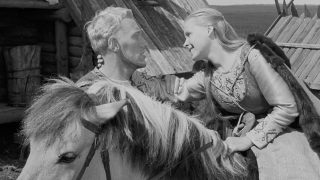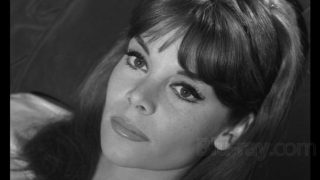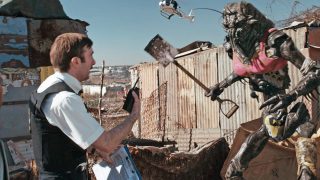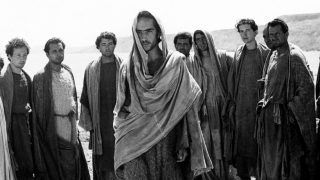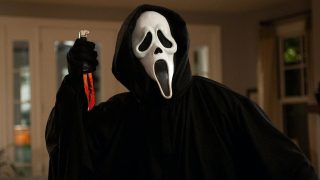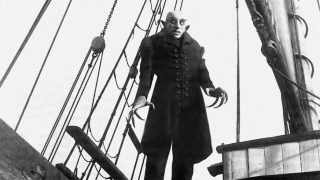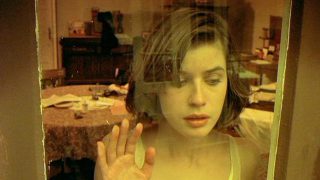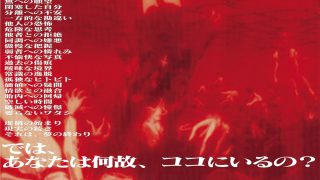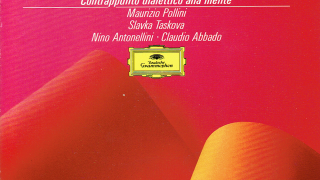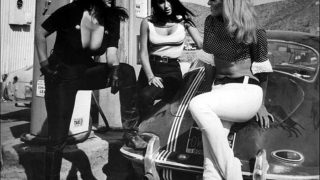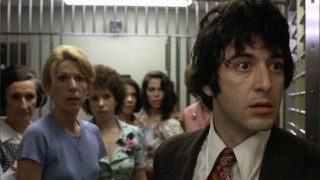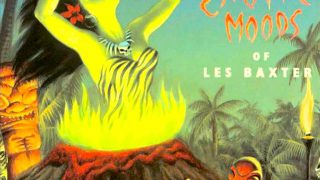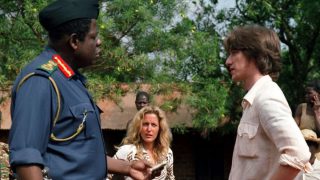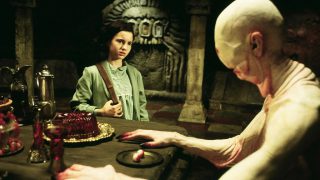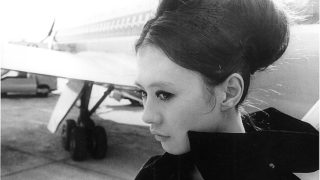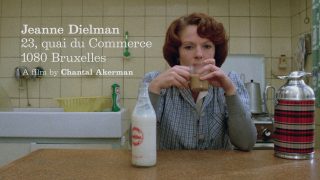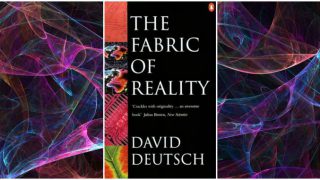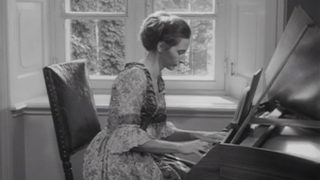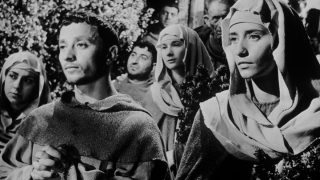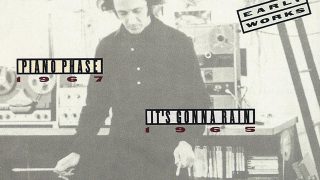Overview
“The Day the Earth Stood Still” is a 1951 American science fiction film that depicts a first contact with an alien with highly developed science and technology in the historical context of the Cold War and nuclear threat after WWII. Produced by 20th Century Fox. Directed by Robert Wise. The screenplay was partly based on the short story “Farewell to the Master” (1940) by Harry Bates. The film score was composed by Bernard Herrmann. Black & white. 92 minutes.
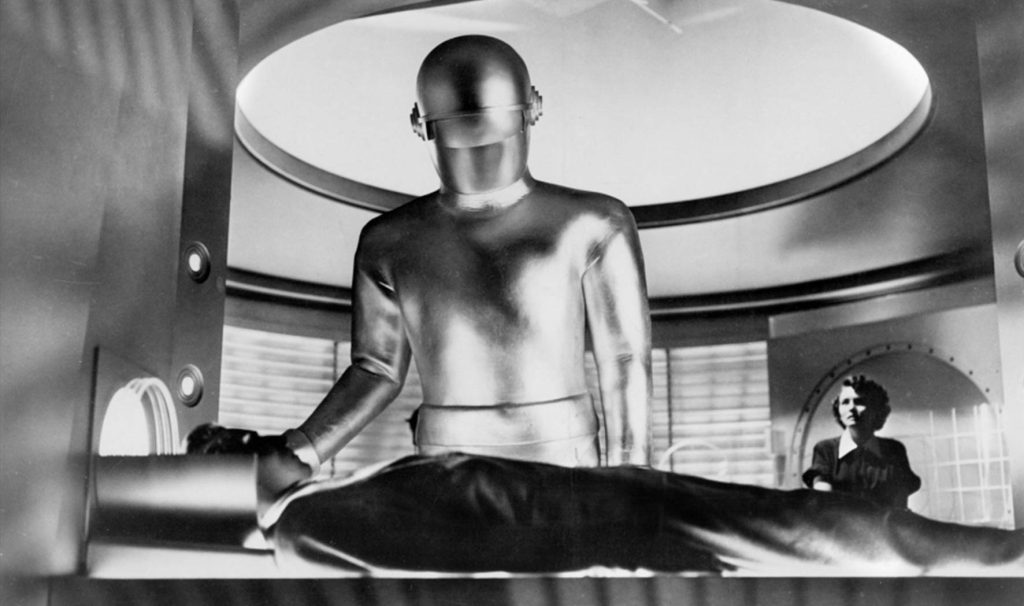
Plot
A saucer-shaped spaceship lands in a stadium in Washington, D.C. The police and the United States Army surround it. A humanoid alien (Michael Rennie) emerges from the spaceship with a robot called Gort. When he tries to deliver a message in English, he is shot and wounded by a soldier. Gort melts the Army’s guns and tanks with laser-like rays.
The alien named Klaatu is taken to Walter Reed Army Hospital. Klaatu asks the President’s secretary Mr. Harley (Frank Conroy) to assemble representatives from around the world in order to convey an important message to all the Earthians, but Harley tells Klaatu that it is not unfeasible because of the conflict between states.
Klaatu escapes from the hospital to explore other approaches. He starts living under the alias of John Carpenter at a boarding house, where Young widow Helen Benson (Patricia Neal) lives with her son Bobby.
Klaatu hears from Bobby about scientist Professor Barnhardt (Sam Jaffe) as “the smartest man in the world”. Revealing his identity to Barnhardt, Klaatu explains to Barnhardt that the people of other planets are concerned about the Earthians who have developed rockets and nuclear power, and the Earth will be eliminated unless the Earthians stop their nuclear arms race.
Klaatu asks Barnhardt to assemble representative scientists from around the world in order to relay his warning to all the Earthians. Barnhardt agrees to Klaatu’s demand, and he suggests that Klaatu demonstrate his power to the Earthians in order to make them believe his story is true.
The next day, Klaatu cuts electricity to all electrical equipment on the Earth for half an hour, except for essentials, such as hospitals and airplanes in flight. During the interruption of electrical power supply, in an elevator, Klaatu reveals his identity and purpose to Helen, and he asks her to keep his identity secret.
The Pentagon (United States Department of Defense) considers Klaatu’s demonstration as an attack on the Earth, and orders the arrest of Klaatu.
Helen’s suitor, Tom Stevens (Hugh Marlowe) finds a diamond-like ore in Klaatu’s room. He makes a jeweler examine it, and he finds out it is an extraterrestrial object. Helen asks Tom to keep Klaatu’s identity secret, but Tom reports Klaatu’s whereabouts to the Pentagon.
The army tracks are dispatched for the arrest of Klaatu. Klaatu and Helen escape in a taxi. Klaatu tells Helen that if anything happens to him, she must go to Gort and say, “Klaatu barada nikto”.
Klaatu is shot dead by the army. Gort, who had stood still standing up in front of the spaceship, starts moving and eliminates two guards with rays. Helen comes close to Gort and says, “Klaatu barada nikto”.
Commentary
“The Day the Earth Stood Still” is a science fiction film that took a critical view of the nuclear arms race between states during the Cold War from the standpoint of international cooperation based on the United Nations, collective security, and military deterrence theory.
It can also be interpreted as a metaphor for the story of Jesus Christ in Christianity because it implies the similarity between the leading character Klaatu and Jesus Christ, as shown by the name of Carpenter, the episodes of the Passion (crucifixion) and the Resurrection, and the idea of “the Almighty Spirit” as the master of life and death.
Bernard Herrmann’s score was innovative at that time because of its use of the theremin and other electronic instruments.
The 2008 film “The Day the Earth Stood Still” directed by Scott Derrickson and starring Keanu Reeves is a remake that adapted this film.
